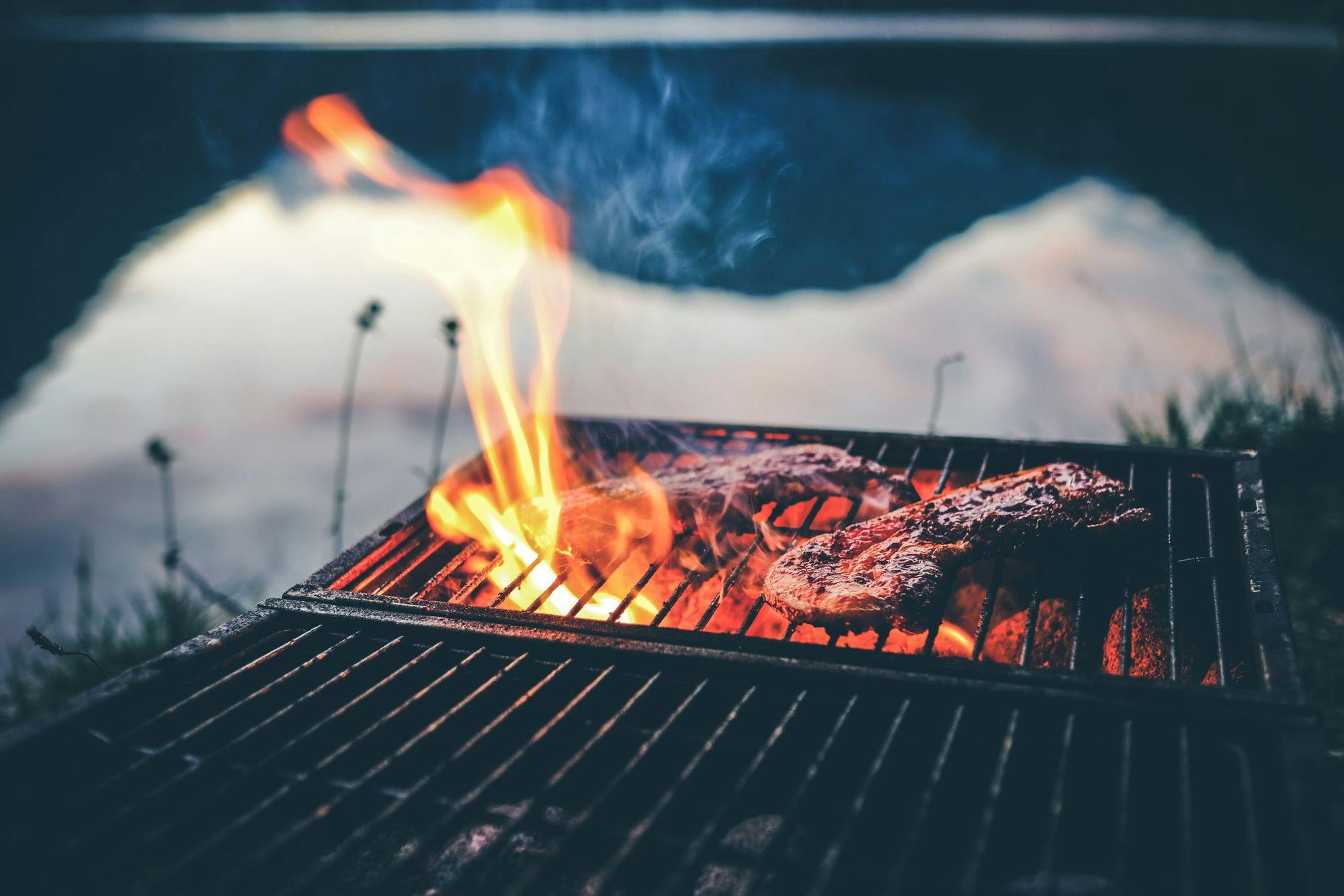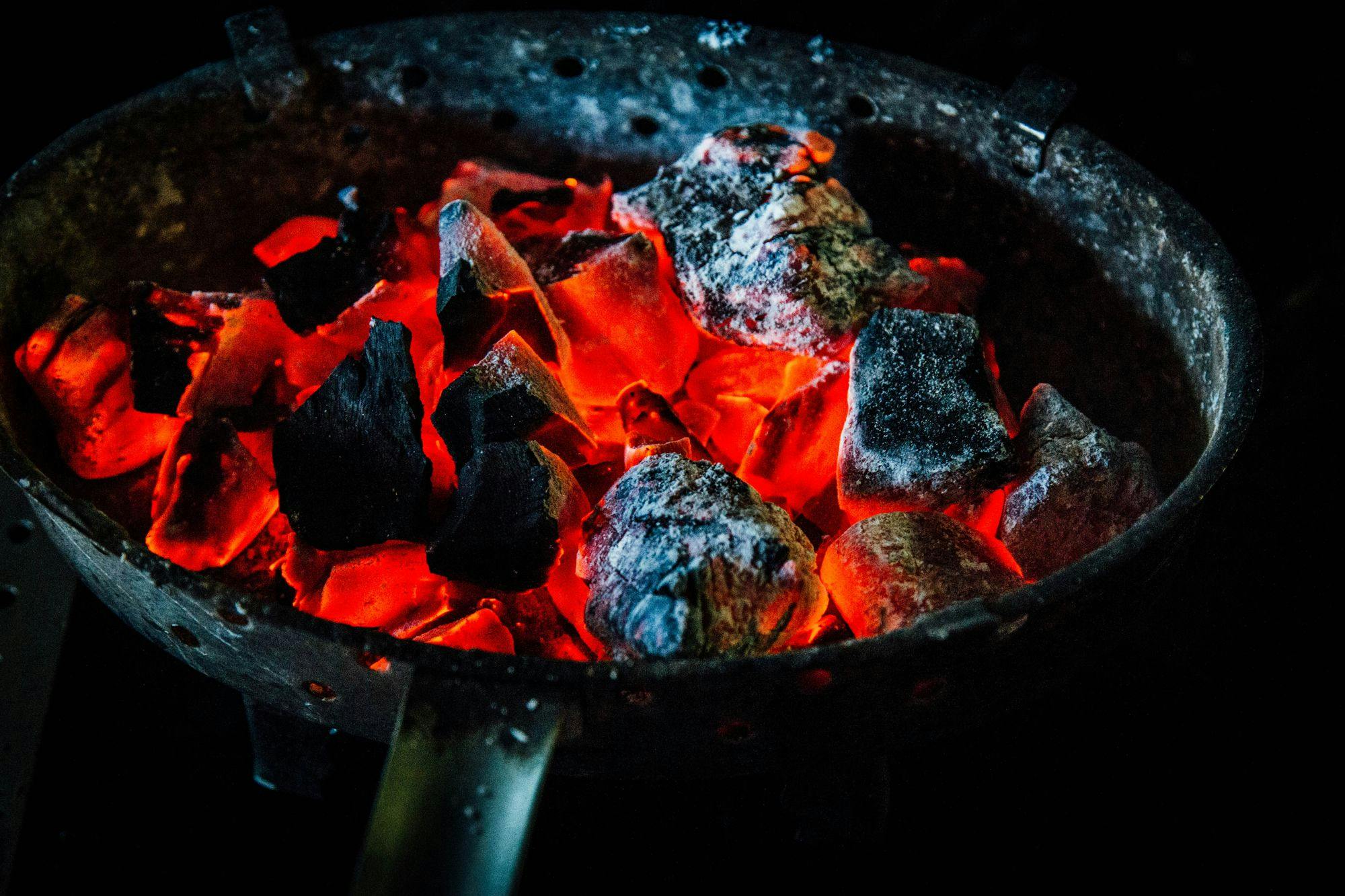Introduction
Canning is a time-honored method of food preservation that allows us to enjoy our favorite ingredients all year round. In this article, we'll explore the delights of Himalayan Tartary Buckwheat canning and discover the unique qualities and health benefits of this nutritious grain. Whether you're an experienced canner or just starting out, this article will guide you through the process of canning Himalayan Tartary Buckwheat, providing step-by-step instructions and a variety of recipe ideas to inspire your culinary adventures.
The Benefits of Canning
Canning is not only a great way to preserve the freshness of your ingredients but also a method that helps retain their nutritional value. When it comes to Himalayan Tartary Buckwheat, canning allows you to lock in the important nutrients that make this grain so beneficial for your health. Buckwheat is rich in fiber, protein, and essential minerals like magnesium and manganese. By canning buckwheat, you can ensure that it remains packed with these nutrients, making it a valuable addition to your pantry.
Another advantage of canning Himalayan Tartary Buckwheat is the convenience it brings to your cooking routine. Having jars of canned buckwheat readily available means you can quickly whip up a nutritious and satisfying meal, even on the busiest of days. With just a few simple steps, you can transform a jar of buckwheat into a delicious breakfast, lunch, or dinner option, saving you time and effort in the kitchen.
Selecting the Perfect Himalayan Tartary Buckwheat
To ensure the best results when canning Himalayan Tartary Buckwheat, it's important to select high-quality buckwheat grains. There are several varieties of Himalayan Tartary Buckwheat, each with its own unique flavor and texture. When choosing buckwheat for canning, opt for the variety that suits your preferences. Some varieties have a nuttier flavor, while others are milder in taste. Experiment with different varieties to find the one that appeals to your palate.
When it comes to sourcing buckwheat for canning, choosing organic and locally grown grains is highly recommended. Organic buckwheat is grown without the use of harmful chemicals, ensuring a cleaner and healthier product. Locally grown buckwheat is often fresher and more flavorful, as it doesn't have to travel long distances to reach your kitchen. Supporting local farmers not only benefits the environment but also helps sustain local communities.
Himalayan Tartary Buckwheat Canning Recipe
Now that you have selected your Himalayan Tartary Buckwheat, it's time to dive into the canning process. Here is a step-by-step guide to canning this nutritious grain:
Preparing the Buckwheat: Start by cleaning the buckwheat thoroughly to remove any impurities. Rinse the grains under cold water and discard any debris or discolored pieces. This step ensures that your canned buckwheat remains clean and free from unwanted particles.
Cooking the Buckwheat: Place the cleaned buckwheat grains in a large pot and cover them with water. Bring the water to a boil and then reduce the heat to a simmer. Cook the buckwheat until it is tender but still retains some bite, usually around 15-20 minutes. Drain the cooked buckwheat and set it aside to cool.
Sterilizing the Jars and Lids: To ensure the safety of your canned buckwheat, it's crucial to sterilize the jars and lids before filling them. Place the jars and lids in a large pot filled with water. Bring the water to a boil and let the jars and lids simmer for 10 minutes. Carefully remove them from the pot and let them air dry on a clean kitchen towel.
Filling the Jars: Once the buckwheat has cooled, pack it tightly into the sterilized jars, leaving about half an inch of headspace at the top. Use a spoon or a canning funnel to make sure the buckwheat is evenly distributed and tightly packed.
Sealing the Jars: Depending on the canning method you choose, you will either use a water bath canner or a pressure canner to seal the jars. For a water bath canner, place the filled jars in a large pot, making sure they are fully submerged in water. Bring the water to a boil and let the jars process for the recommended time. For a pressure canner, follow the manufacturer's instructions for sealing the jars.
Processing the Jars: The processing time for canning Himalayan Tartary Buckwheat will depend on the canning method and the altitude at which you are canning. Refer to a trusted canning resource or recipe for the recommended processing time and temperature. Once the processing time is complete, carefully remove the jars from the canner and let them cool on a kitchen towel.
Recipe Variations
Canned Himalayan Tartary Buckwheat can be used in a variety of recipes, adding a nutritious and flavorful twist to your meals. Here are a few ideas to get you started:
Buckwheat Porridge: Start your day with a hearty and nutritious bowl of buckwheat porridge. Simply heat a jar of canned buckwheat with your choice of milk or water, and sweeten it with honey or maple syrup. Top it with your favorite fruits and nuts for added texture and flavor.
Buckwheat Salad: Combine canned buckwheat with a medley of fresh vegetables, herbs, and a tangy dressing to create a refreshing and filling salad. Add some crumbled feta cheese or roasted chickpeas for an extra protein boost.
Buckwheat Stir-Fry: Incorporate canned buckwheat into your favorite stir-fry recipe for a nutritious twist. Sauté vegetables, tofu, or shrimp in a wok, and then add in the canned buckwheat towards the end of cooking. Season with soy sauce, garlic, and ginger for a delicious Asian-inspired dish.
Buckwheat Desserts: Get creative in the kitchen and experiment with using canned buckwheat in your favorite dessert recipes. From buckwheat pancakes to buckwheat cookies, the possibilities are endless. The nutty flavor of buckwheat adds depth and complexity to sweet treats.
Don't be afraid to adapt and modify the basic canning recipe to suit your taste and preferences. Try adding spices like cinnamon or cardamom to the buckwheat during the cooking process for an extra layer of flavor. You can also experiment with different cooking liquids, such as vegetable broth or coconut milk, to infuse the buckwheat with unique aromas and tastes.
Pitfalls to Watch Out For
While canning Himalayan Tartary Buckwheat is a relatively straightforward process, there are some common mistakes to avoid to ensure the safety and quality of your canned goods:
Inadequate sterilization: Failing to properly sterilize the jars and lids can lead to bacterial contamination and spoilage. Make sure to follow the recommended sterilization guidelines and always use clean, undamaged jars and lids.
Insufficient processing time: Processing the jars for less than the recommended time can result in underprocessed buckwheat, which may lead to spoilage or unsafe consumption. Be sure to time the processing accurately and adjust it based on your altitude if necessary.
Poor sealing: If the jars are not properly sealed, the buckwheat can be exposed to air and moisture, leading to spoilage. Check the seals on the jars before storing them and discard any jars with compromised seals.
If you encounter any issues during the canning process, such as jars not sealing or unusual odors or discoloration, it's important to err on the side of caution and discard the contents. Safety should always be the top priority when it comes to canning.
Serving Ideas and Inspiration
Canned Himalayan Tartary Buckwheat offers endless possibilities for creative and delicious meals. Here are some serving ideas and inspiration to get you started:
Top a bowl of canned buckwheat with sautéed vegetables and a poached egg for a nutritious and satisfying lunch or dinner option.
Mix canned buckwheat with fresh herbs, lemon juice, and olive oil for a refreshing summer salad.
Use canned buckwheat as a base for stuffed peppers or mushrooms, filling them with a mixture of your favorite ingredients and baking until tender.
Blend canned buckwheat with roasted vegetables, garlic, and vegetable broth for a hearty and flavorful soup.
Incorporate canned buckwheat into your baking recipes, such as muffins or bread, for added texture and nutrition.
The versatility of Himalayan Tartary Buckwheat allows
About Erika Oliver
Erika Oliver is a passionate writer, community advocate, and culinary enthusiast dedicated to bringing people together through the art of barbecue and neighborhood connections. With a profound love for both food and community, Erika has become an influential voice in promoting the joy of gathering around the grill and fostering a sense of belonging among neighbors.


